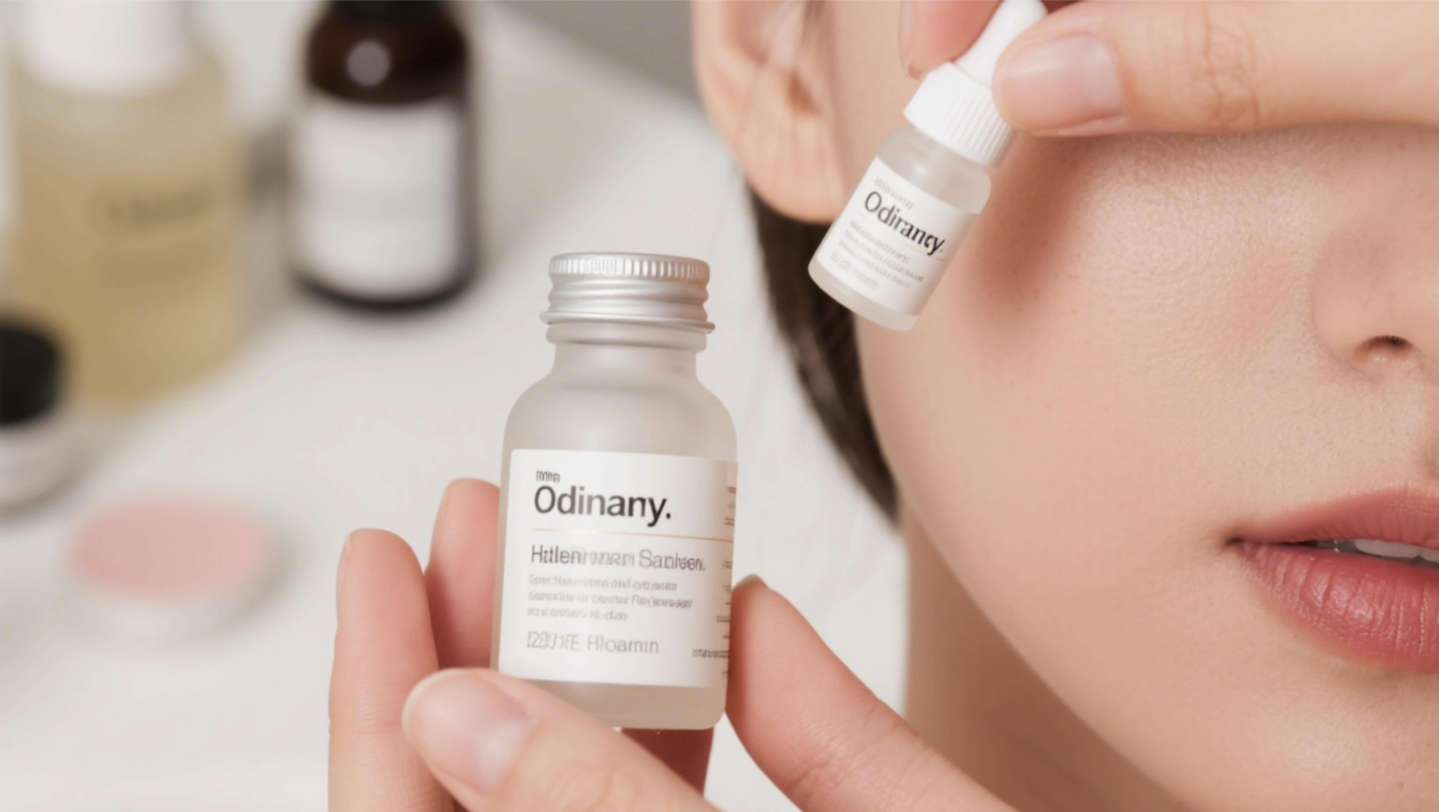2025-05-07
This article explores whether cosmetic preservatives harm the skin. It first explains the important role of preservatives in cosmetics. Then, it discusses common preservatives like parabens, phenoxyethanol, and formaldehyde-releasing preservatives, as well as their potential risks. Finally, it provides tips on minimizing risks from these preservatives, helping readers make informed choices about cosmetic use.
Details
The Role of Preservatives in Cosmetics
Preservatives are essential in cosmetic formulations. Without them, products like creams, lotions, and shampoos would be susceptible to contamination by bacteria, fungi, and other microorganisms. This could lead to product degradation, unpleasant odors, and even potential infections when applied to the skin. Regulatory bodies such as the FDA and the European Commission's Cosmetic Safety Scientific Committee (SCCS) set strict guidelines for the use of preservatives to ensure safety.
Common Cosmetic Preservatives and Potential Risks
Parabens
Parabens are one of the most widely used preservatives. They are effective in preventing microbial growth but have been a subject of controversy. Some studies suggest that parabens can mimic estrogen, potentially having an endocrine-disrupting effect. However, the concentrations used in cosmetics are typically low, and regulatory authorities have deemed them safe when used within approved limits. That said, individuals with sensitive skin may experience allergic reactions such as redness, itching, or rash.
Phenoxyethanol
Phenoxyethanol is another common preservative, often used as a paraben alternative. It is generally considered safer, but high concentrations may cause skin irritation, especially for those with sensitive skin. Some people may also have a sensitivity to this ingredient, although severe reactions are relatively rare.
Formaldehyde-Releasing Preservatives
These preservatives, such as DMDM hydantoin and quaternium-15, release small amounts of formaldehyde to prevent microbial growth. Formaldehyde is a known irritant and can cause allergic contact dermatitis in some individuals. Due to these concerns, their use is restricted in some countries, and many cosmetic brands are moving away from them.
Minimizing Risks from Cosmetic Preservatives
While the risks associated with cosmetic preservatives exist, they are often overstated when products are used as directed. Here are some tips to reduce potential harm:
-
Check Product Labels: Read ingredient lists carefully, especially if you have sensitive skin or known allergies. Avoid products containing preservatives you are sensitive to.
-
Choose Trusted Brands: Reputable cosmetic brands usually adhere to strict safety standards and conduct thorough testing on their products.
-
Opt for Preservative-Free Products: If you have extremely sensitive skin, look for preservative-free cosmetics. However, note that these products may have a shorter shelf life and require more careful storage.

